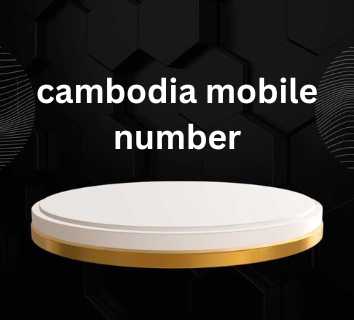A common question we hear from clients is: Should I use Salesforce Marketing Cloud or Pardot?’. This might seem strange because, generally, Pardot is accepted as the B2B solution, and Salesforce Marketing Cloud is the B2C platform.
The assumption is that a single business would cambodia mobile number choose one of these two options, based on their business setup and their target audience.
Our answer, however, is that depending on your core marketing channels, for any business, it can actually be very effective to use both!
Hear me out. Pardot is amazing for automated email marketing, capturing prospects with forms and landing pages, and tracking engagement via Scoring Categories then Grading prospects. It’s also got the very best integration with Salesforce.

Yet sometimes marketers need an extra channel in order to strategically retarget an account or to re-engage with a group of prospects that may have gone cold, outside of email communication.
This is where Marketing Cloud comes in with its Advertising Studio module. Here, you can lean on the Salesforce architecture to create a seamless experience for your audience.
Pardot Training Banner
See the screenshot below which illustrates the system architecture you could adopt with Pardot being your data entry and automated email marketing, Sales Cloud acting as the CRM and database of record, then Marketing Cloud Connect as the method of triggering ads to target specific people in this database.
Flow chart showing Salesforce Marketing Cloud to Pardot architechture
As you can see, the activity starts in Pardot when a record is created or updated. From here, a prospect can be entered into a Pardot Engagement Studio, trigger an Automation Rule, or a Completion Action.
With the correct Sales Cloud integration, the contact record update will also sync to the CRM and then create or update a particular Salesforce Report for an Audience.
The Marketing Cloud Connector then allows this activity to trigger an automation in the Marketing Cloud Automation Studio which imports the contact record into a Data Extension. This Data Extension is the source for an Audience set up in Advertising Studio. From here, advertising campaigns launch across digital channels such as Facebook, Google, and LinkedIn.
It’s just a single example of the way that the Salesforce suite of marketing products integrate so well!
Of course, from a user perspective, the look and feel of each of these platforms is also extremely familiar, which helps teams to create more sophisticated journeys and not be limited by one single platform.